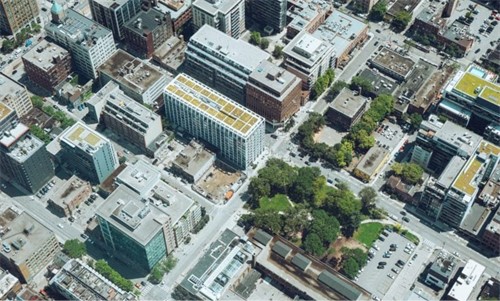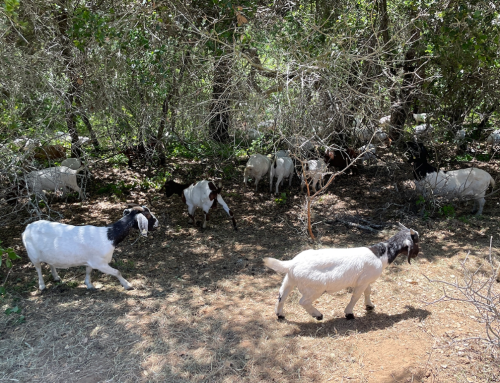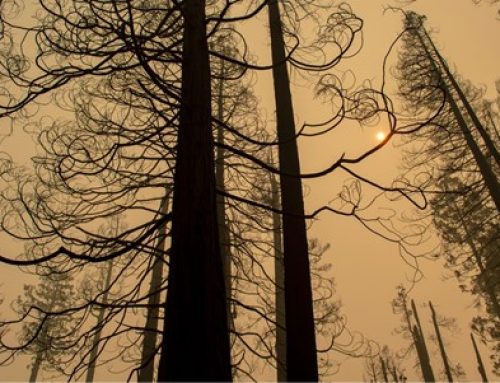By Christina Marfice
The COVID-19 pandemic is driving a lot of major changes in cities. Here’s how you can embrace these growing pains in your city, and use this time of growth and change to make your community more sustainable.
The first step toward doing that is to know exactly what we’re working with. These are the forces that are reshaping American cities, and how all of us can help make them greener as they grow and change.
These 3 Forces Are Reshaping American Cities
These forces aren’t happening because of the COVID-19 pandemic — they were in play well before the world went on lockdown. But the pandemic is exacerbating some of them in new ways, and might just be speeding up the rate of change for some cities.
Here are three major forces we’ve identified as drivers behind the changes happening in our cities.
People Are Using Their Living Space Differently
Pandemic lockdowns brought with them a huge increase in public interest for skills and hobbies like baking, sewing, and carpentry. And with that return to “simpler” pleasures and activities, people have also changed how they use their living space.
As they’ve been spending more time at home during quarantine — and living more simply in the process — we’ve seen trends in people embracing minimalism. In fact, one study found that quarantine made 78 percent of Americans realize they had more belongings than they need, and as a result, more than half of people got rid of some things this year.
People Are Moving Out of Cities
A Harris poll of 2,050 people showed that in late April, 39 percent of American urban dwellers had considered moving somewhere less densely populated. Amid stay-at-home orders during the pandemic, many people appear to have longed for more space, and some have actually left America’s biggest cities, like New York, in favor of living in suburbs or even the countryside, where there are fewer people, and there’s more room to roam.
Cities Have More Vacant Spaces Than Ever Before
As people move out of cities, vacancy rates are skyrocketing. In San Francisco, one of the most densely populated cities — and one of the most competitive rental markets — in the world, apartment vacancies jumped from 3.9 percent in February to 6.2 percent in May.
The same goes for office space, as businesses have pivoted to remote work to encourage social distancing. Office vacancies in San Francisco increased from 3.7 percent at the end of 2019, to 6.6 percent in the second quarter of 2020.
How To Make Cities Greener as they Grow and Change
While these changes may not sound positive, they actually give urban dwellers a great opportunity to help their cities become more green. Here are some ways you can take advantage of these changes and support sustainability where you live.
Buy Local
Not only does buying local products and food support businesses in your own community — it also reduces carbon emissions, since goods have to travel less distance to get to you.
Rethink Travel
International travel isn’t possible for most Americans right now, and from a greenhouse gas perspective, that’s a good thing! This is a good time to think about how to travel more sustainably, like by taking local trips that don’t require flying.
Recycle Unwanted Items
If you’re among the many Americans getting rid of some of their belongings during quarantine, be sure to dispose of those things in sustainable ways.
Look for recycling programs for broken, unwanted, or unneeded electronics. Donate used clothes to thrift stores and vintage shops. Recycle plastics and other materials whenever possible. Don’t just throw things away so they end up in landfills.
Get Creative With Vacant Space
In addition to the newly vacant space we’re already seeing in cities, experts at Moody’s Analytics predict that vacancies will skyrocket going into 2021, meaning there will likely be even more space in cities sitting empty.
This is our chance to think creatively about how to use vacant housing, office, and outdoor space in more sustainable ways.
Maybe that means turning a now-unused parking lot into a community garden. Maybe it means hosting pop-up stores for local businesses in vacant commercial spaces.
Now’s Our Chance To Make Our Cities More Green
While a lot about the future is uncertain, especially now, one thing is clear: We have a lot of opportunity, even amid this uncertainty, to make our cities greener.
Learn more tips, tricks, and strategies for living a more sustainable life at Greener Ideal.






